Vimy Remembered and Rededicated
"It was Canada from the Atlantic to the Pacific on parade. In those few minutes I witnessed the birth of a nation." - B.Gen A.E. Ross AT DAWN ON EASTER MONDAY, April 9, 1917, the greatest artillery barrage in military history opened up on Vimy Ridge. In the space of an hour and forty minutes, six million shells - three thousand per second - were thrown onto German positions atop the muddy scarp. "The wall of sound, like ten thousand thunders, drowned out men's voices and smothered the skirl of pipes...as if a hundred express trains were roaring overhead...tons of red-hot metal hurtling through the skies caused an artificial wind to spring up, intensifying the growing sleet storm slanting into the faces of the enemy. The earth reverberated for miles around, as in an earthquake, and the faint booming of the guns was heard by David Lloyd George, the British Prime Minister, at Downing Street in London." - Pierre Berton, Vimy.
AT DAWN ON EASTER MONDAY, April 9, 1917, the greatest artillery barrage in military history opened up on Vimy Ridge. In the space of an hour and forty minutes, six million shells - three thousand per second - were thrown onto German positions atop the muddy scarp. "The wall of sound, like ten thousand thunders, drowned out men's voices and smothered the skirl of pipes...as if a hundred express trains were roaring overhead...tons of red-hot metal hurtling through the skies caused an artificial wind to spring up, intensifying the growing sleet storm slanting into the faces of the enemy. The earth reverberated for miles around, as in an earthquake, and the faint booming of the guns was heard by David Lloyd George, the British Prime Minister, at Downing Street in London." - Pierre Berton, Vimy. With the ferocious Canadian Corps advancing up the ridge under a daring, rolling forward tactic called the creeping barrage, and taking almost the whole of its objective by mid-afternoon, the Imperial British and Canadian Expeditionary Forces finally won their first major sustained victory of the Great War. The Germans having strengthened the fortress for two years believed it to be impregnable. "The great whaleback of Vimy Ridge angled off into the gloom - it's hump as high as a fifty-storey building - a miniature Gibraltar, honeycombed with German tunnels and dugouts, a labyrnth of steel and concrete fortifications, bristling with guns of every calibre". Between 1914 and 1916, the French hurled 20 divisions against the ridge in three separate failed attacks, squandering 150,000 men. The Canadians took it with four divisions, and suffered 10,000 casualties - by the standards of the day, a stunning success. It is said that upon learning of the victory, a French soldier exclaimed, "C'est impossible!", and upon learning it was the Canadians who had won it, replied "Ah! les Canadiens! C'est possible!".
With the ferocious Canadian Corps advancing up the ridge under a daring, rolling forward tactic called the creeping barrage, and taking almost the whole of its objective by mid-afternoon, the Imperial British and Canadian Expeditionary Forces finally won their first major sustained victory of the Great War. The Germans having strengthened the fortress for two years believed it to be impregnable. "The great whaleback of Vimy Ridge angled off into the gloom - it's hump as high as a fifty-storey building - a miniature Gibraltar, honeycombed with German tunnels and dugouts, a labyrnth of steel and concrete fortifications, bristling with guns of every calibre". Between 1914 and 1916, the French hurled 20 divisions against the ridge in three separate failed attacks, squandering 150,000 men. The Canadians took it with four divisions, and suffered 10,000 casualties - by the standards of the day, a stunning success. It is said that upon learning of the victory, a French soldier exclaimed, "C'est impossible!", and upon learning it was the Canadians who had won it, replied "Ah! les Canadiens! C'est possible!".

Generals Arthur Currie and Julian Byng. Byng was the Commander of the Canadian Corps at Vimy. He would be later raised to the peerage, becoming 1st Viscount Byng of Vimy, and later still, the Governor General of Canada. Currie, who would succeed him as Corps Commander, was responsible as Chief of Staff for the planning and execution of what became one of the most perfectly orchestrated attacks in the First World War. He would be ostensibly remembered as probably the finest military commander Canada has ever produced.
Arthur Currie knighted on the Vimy battlefield by King George V
Recipients of the Victoria Cross at the Battle of Vimy Ridge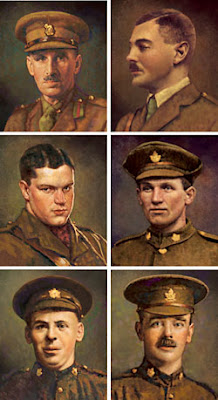 Clockwise from top left: Frederick Maurice Watson Harvey, Robert Grierson Combe, Ellis Wellwood Sifton, John George Pattison, William Johnstone Milne and Thain Wendell MacDowell.
Clockwise from top left: Frederick Maurice Watson Harvey, Robert Grierson Combe, Ellis Wellwood Sifton, John George Pattison, William Johnstone Milne and Thain Wendell MacDowell.
Sir Robert Borden, Prime Minister of Canada (1911-1919) Canadian Prime Ministers since Confederation had always sought to make Canada an autonomous country within the British Empire. All that changed 90 years ago at the Battle of Vimy Ridge. Gaining a reputation as the "Shock Army of the British Empire" by the latter part of the Great War, the spearheaded victories of the battle-hardened Canadian Corps at Vimy, Passchendaele, Amiens and the Hundred Days forged the awakening of a nation, and stirred Sir Robert Borden to insist that Canada sign the Treaty of Versailles as a separate signatory over the objections of, ironically, not Great Britain, but the United States.
Canadian Prime Ministers since Confederation had always sought to make Canada an autonomous country within the British Empire. All that changed 90 years ago at the Battle of Vimy Ridge. Gaining a reputation as the "Shock Army of the British Empire" by the latter part of the Great War, the spearheaded victories of the battle-hardened Canadian Corps at Vimy, Passchendaele, Amiens and the Hundred Days forged the awakening of a nation, and stirred Sir Robert Borden to insist that Canada sign the Treaty of Versailles as a separate signatory over the objections of, ironically, not Great Britain, but the United States.
Walter Allward, Vimy's Winning Designer, Architect and Sculptor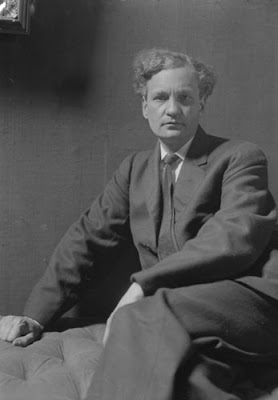
King Edward VIII unveils the Vimy Memorial in 1936 Vimy became a symbol of sacrifice for the young Dominion. In 1922, the French government ceded to Canada in perpetuity Vimy Ridge, and the land surrounding it. The gleaming white marble and haunting sculptures of the Vimy Memorial, unveiled in 1936 by King Edward VIII (one of his few public acts as King before abdicating), stand as a terrible and poignant reminder of the more than sixty thousand Canadians who died serving their country during the First World War.
Vimy became a symbol of sacrifice for the young Dominion. In 1922, the French government ceded to Canada in perpetuity Vimy Ridge, and the land surrounding it. The gleaming white marble and haunting sculptures of the Vimy Memorial, unveiled in 1936 by King Edward VIII (one of his few public acts as King before abdicating), stand as a terrible and poignant reminder of the more than sixty thousand Canadians who died serving their country during the First World War.
Adolf Hitler decides not to destroy the Vimy Memorial Adolf Hitler visits Vimy in June 1940 as German Panzer divisions sweep through France. Hitler does not destroy the memorial as asserted in Canadian propoganda media reports. This is probably because the Vimy Memorial is not a monument to victory, but a mourning to sacrifice.
Adolf Hitler visits Vimy in June 1940 as German Panzer divisions sweep through France. Hitler does not destroy the memorial as asserted in Canadian propoganda media reports. This is probably because the Vimy Memorial is not a monument to victory, but a mourning to sacrifice.

Mother Canada mourns over her dead at Vimy Canada's most impressive tribute overseas to those Canadians who fought and gave their lives in the First World War is the majestic and inspiring Canadian National Vimy Memorial which overlooks the Douai Plain from the highest point of Vimy Ridge, about eight kilometres northeast of Arras. The Memorial does more than mark the site of the engagement that Canadians were to remember with more pride than any other operation of the First World War. It stands as a tribute to all who served their country in battle in that four-year struggle and particularly to those who gave their lives. At the base of the Memorial, these words appear in French and in English:
Canada's most impressive tribute overseas to those Canadians who fought and gave their lives in the First World War is the majestic and inspiring Canadian National Vimy Memorial which overlooks the Douai Plain from the highest point of Vimy Ridge, about eight kilometres northeast of Arras. The Memorial does more than mark the site of the engagement that Canadians were to remember with more pride than any other operation of the First World War. It stands as a tribute to all who served their country in battle in that four-year struggle and particularly to those who gave their lives. At the base of the Memorial, these words appear in French and in English:
To the valour of their
Countrymen in the Great War
And in memory of their sixty
Thousand dead this monument
Is raised by the people of Canada Inscribed on the ramparts of the Memorial are the names of 11,285 Canadian soldiers who were posted as "missing, presumed dead" in France.
Inscribed on the ramparts of the Memorial are the names of 11,285 Canadian soldiers who were posted as "missing, presumed dead" in France.
 Vice-Regal Saint:
Vice-Regal Saint: 




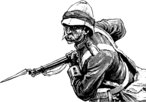
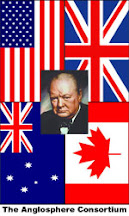

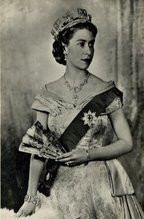








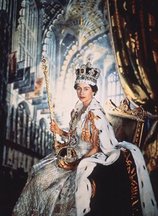
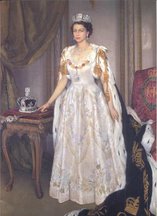
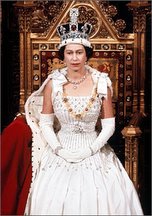
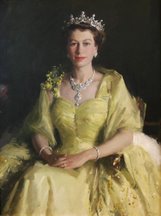
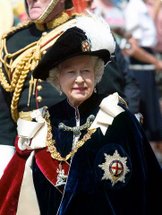

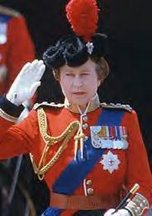




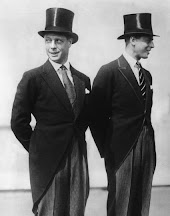






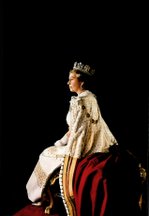



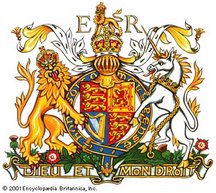

.gif)
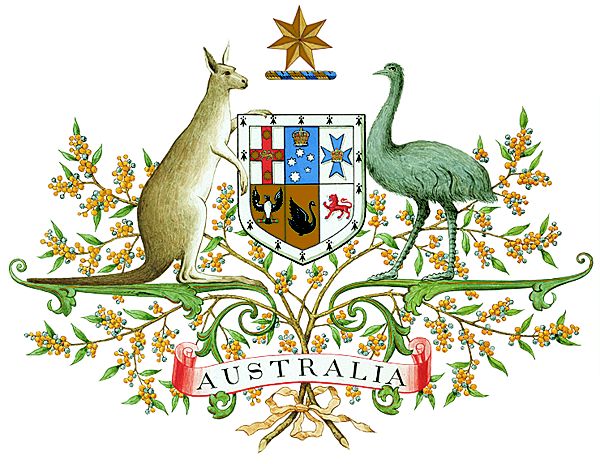
.gif)

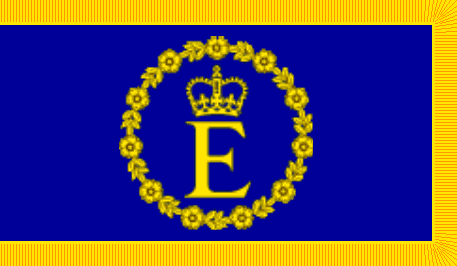
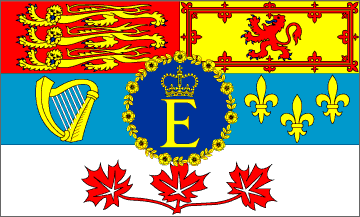
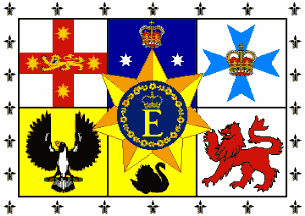
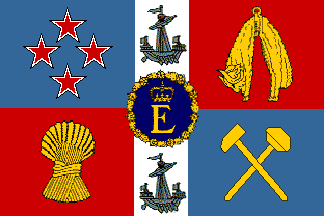
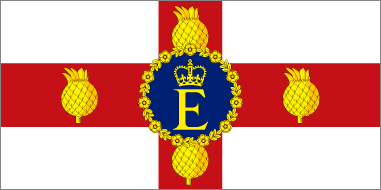
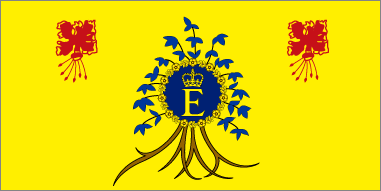
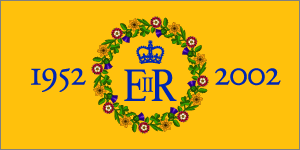


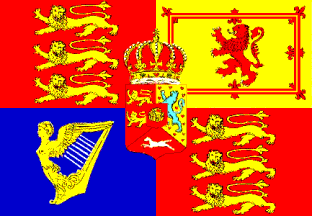
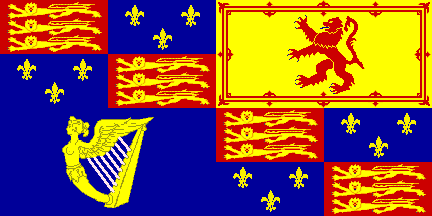
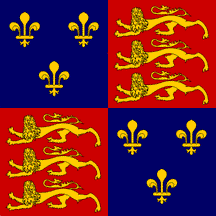
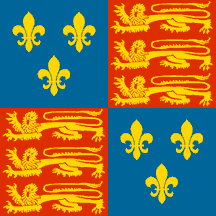
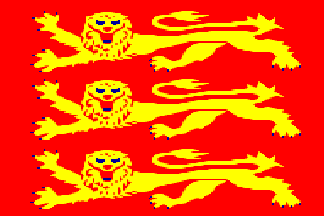
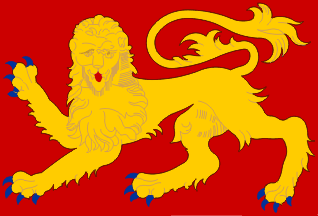
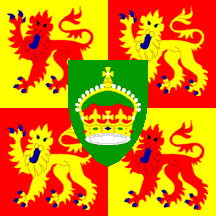

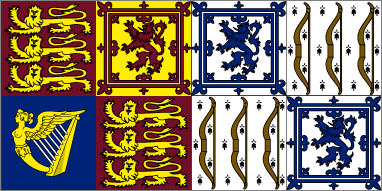
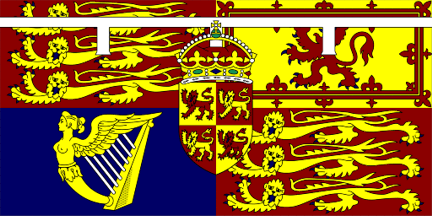
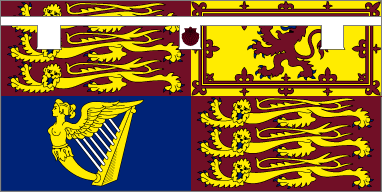
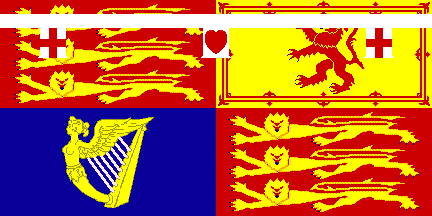
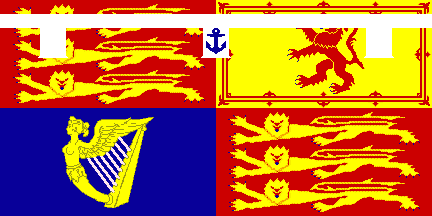

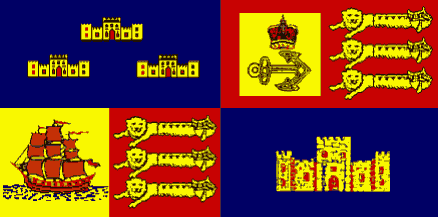
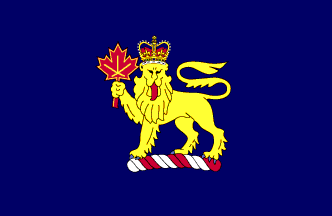
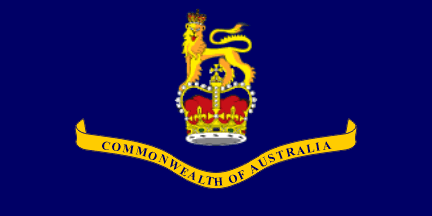
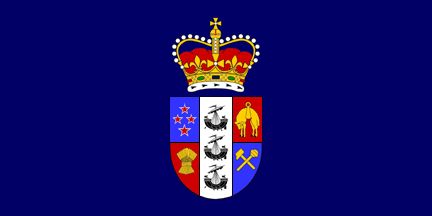
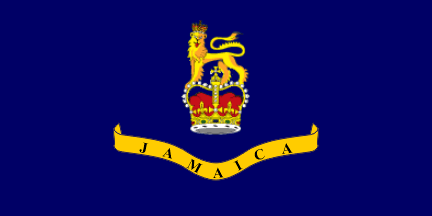
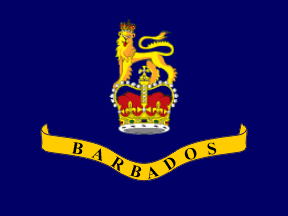


























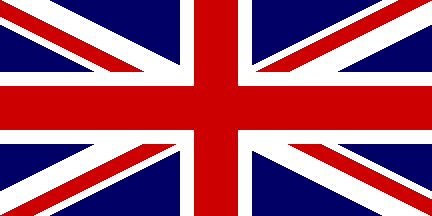




















































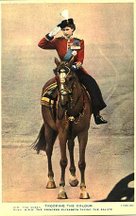

14 comments:
Thanks for that post.
I learnt something, we don't learn about Vimy in NZ, we hear and remember Gallipoli - ANZAC Cov, where out nation was born.
It is fitting that you have chosen to remind us of the poignant memorial to these fallen men at Eastertide, when we think of hope rising out of despair. May they rest in peace and rise in glory.
Brilliant!!!
But equal if not larger numbers of Brits died at Gallipoli... I hope Australia/NZ aren't using the Mel Gibson film as the basis for their nation's birth.
I remember visiting Vimy several times, as well as other Canadian sites in Northern France, in my childhood. From the stories I heard, and sights I saw, the maple leaf (ubiquitous on the signs etc about the place) came to embody the most impressive level of human valour, sacrifice and loyalty, and sheer martial vigour. I could hardly believe it when I came to know Canada as it stands today. Let us pray that things get back to normal there, in time.
God bless the memory of those brave Canadians!
This disproves those ignorant sorts who assume Canadian cowardice!
This was an awsome story of sacrifice and bravery, one that unites all the people of the British world!
I watched the ceromonies today on TV.
I was so happy not to see a Governor General there, upstaging Her Majesty, like what happened at Juno a few years back. I wonder if PM Harper had something to do with reinstating proper protocol?
The Maple Leaf Forever, my friends!
With much thanks for your sacrifice here in Britain; wouldn't be here without you lot in the New World.
http://www.abacausa.com/ximagi/search.php?u=&assignment_id=37100
Some nice photos of Canada's Queen
A tremendous tribute. Thank you.
A beautiful and touching collage of words and photos.
"Ah! les Canadiens! C'est possible!".
Nothing more needs to be said.
Thanks for article!
Thanks for interesting article.
Glad to read articles like this. Thanks to author!
Excellent website. Good work. Very useful. I will bookmark!
Post a Comment